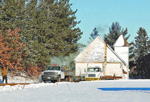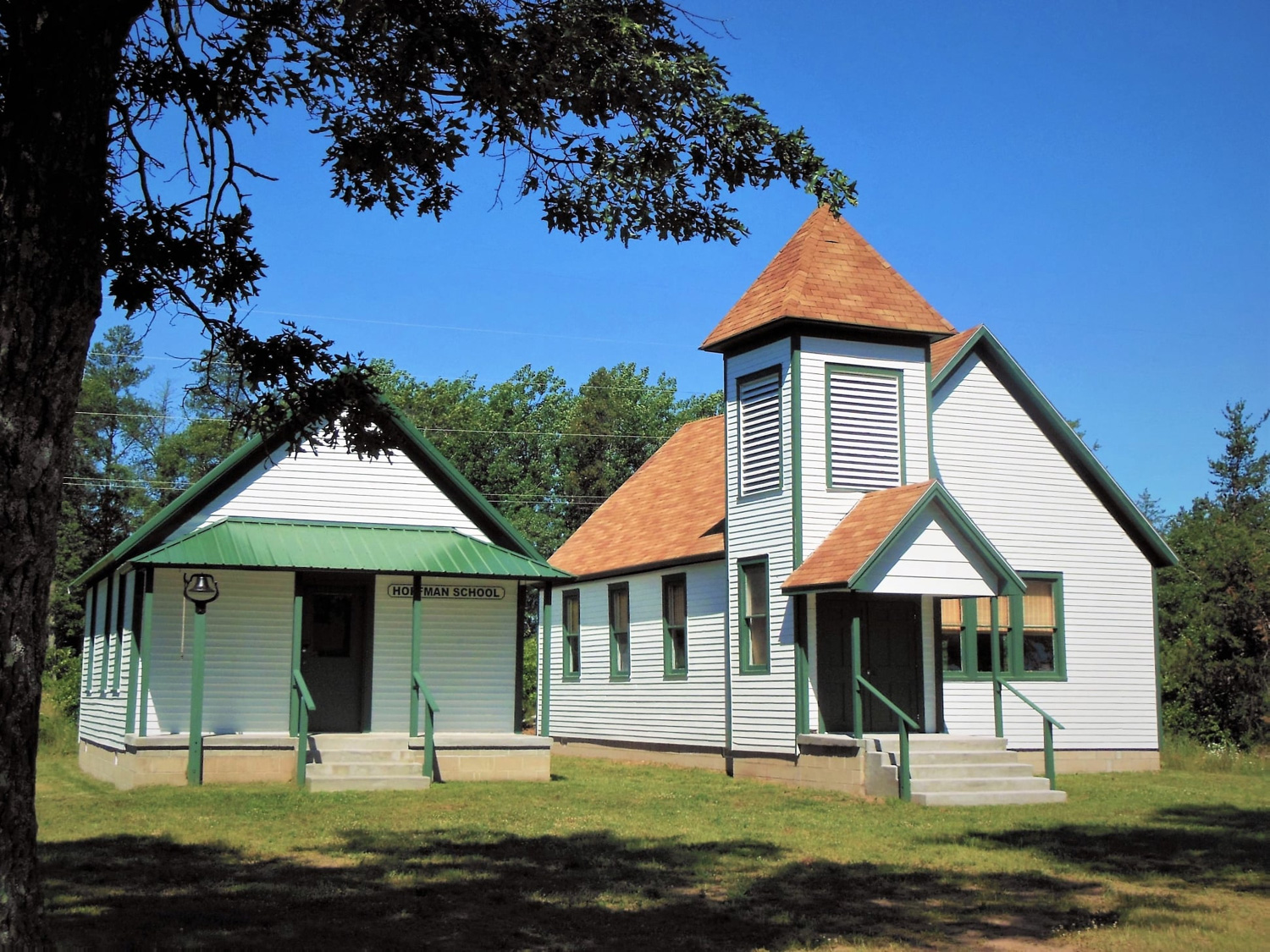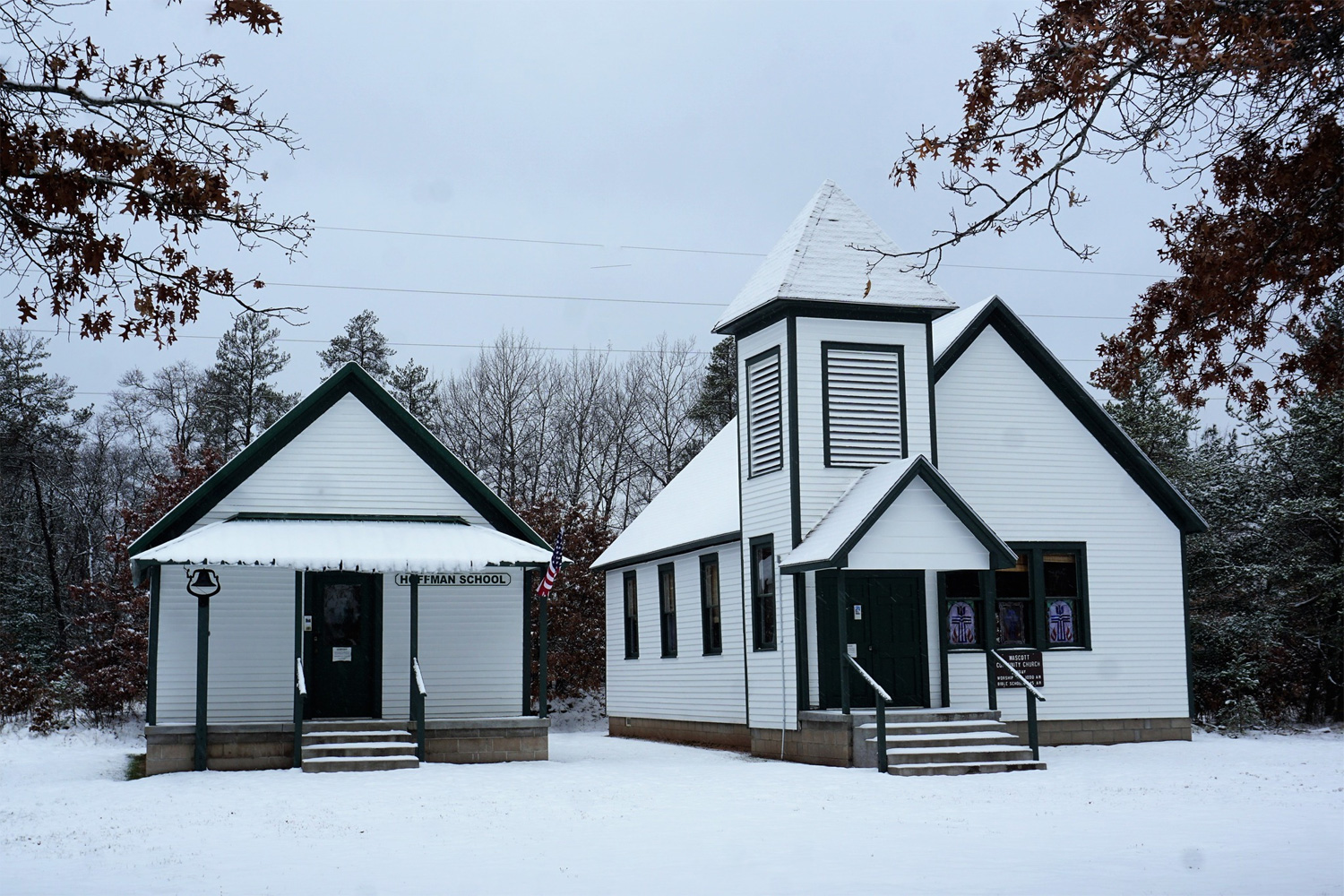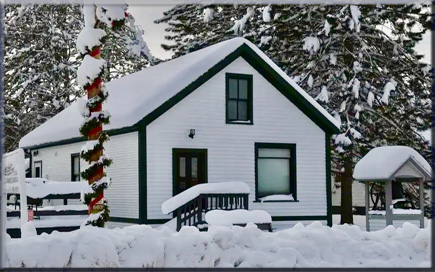Gordon-Wascott Historical Society


Board Members
|
|
Jan K Jenson, Chair, | 218-341-2125 |
|
|
Doug MacDonald, Vice Chair | 715-590-5000 |
|
|
Barb Fiandt, Treasurer | 715-376-2343 |
|
|
Rebecca Keith, Secretary | 715-413-1180 |
|
|
Brian Finstad, Historian | 612-594-1854 |
| . | . | |
|
|
PO Box 222 Gordon WI 54838 |
Purpose of Committee
Mission Statement: To preserve and promote the rich history of Gordon and Wascott area, providing educational programming and opportunities to tour our historical facilities.
Information & Services
|
|
The Whalen House Museum, built in 1907, and the 1911
Soo Line Railroad Depot, located in Gordon,
are available for viewing from Memorial Day to Labor
Day, Saturdays-Sundays from 10am-4pm. Artifacts,
historical items, and family histories are displayed. |
|
|
"Back the Road a Bit," A Gift Shop is located in the
Railroad Depot with a number of items for sale,
including historical books documenting family histories
and photos, "Mr Gordon's Neighborhood," by Ron Seningen,
tee-shirts, coffee mugs, and historical prints by
Kate Perry. |
|
|
The Wascott Historical Park, located across the road from the historic Wascott Town Hall, is open the first weekend of June, July, and August - Saturdays and Sundays from 1pm-3pm or by appointment. It consists of a one-room country schoolhouse built in 1896 and the old Wascott Community Church. |
Briefly:
History of GordonThe earliest evidence of human activity at
what is now Gordon was a campsite found during construction of a
new lane on the Highway 53 Expressway. It dated back to the
Paleo-Indian period of between 5,000 – 8,000 B.C.
At the time of the first recorded European
writings, a permanent Ojibwe village existed on the Upper St.
Croix River near the Gordon Dam, then known as Namai-Kowagon
(meaning “Sturgeon”.) It was led by Chief Kabemappa who served
as chief of the entire Upper St. Croix and thus was the signer
of many important treaties from 1825 to 1847. His
village was a frequent stopping place and wintering post for fur
traders since it was located along an important travel route
beteween Lake Superior and the Mississippi River watersheds.
This trail would eventually lead to the development of the
townsite we now know as Gordon. The town's main street, Moccasin
Avenue, is a segment of that early route. In 1844, it became an
official United States Postal route.
Antoine Gordon (1812-1907) and his wife, Sarah Dingley Gordon
(1827 - 1911) first settled at this location in 1858. They were
both Metis, being the children of American Fur Trade fathers and
Ojibwe mothers. Here they built a log trading
post, store and home by the Eau Claire River along the Trail to
La Pointe, at the Ojibwe/Metis village of Amick. The Amick Post
Office was established here on September 12, 1860.
When the Omaha railroad came through in 1881 the station,
and subsequently the town, were named “Gordon."
The coming of the railroad resulted in the
demise of the old Trail to LaPointe, and the community
reoriented itself towards the burgeoning lumber industry in
Stillwater, MN that was about to boom in our Northwoods.
Gordon’s location was significant to the lumbermen as the
log drives coming down from Lake St. Croix in one direction met
the logs coming down from the Eau Claire Lakes, and these
collected in what is now the Gordon Flowage.
After the lumber boom was over, the lands were sold off
relatively cheaply to homesteaders who tried to make a go of
agriculture, but eventually went bust due to the sandy soils and
droughts of the 1930’s. The towns of
Gordon and Wascott then began to capitalize upon their beautiful
lakes and woods, transforming themselves into the tourist and
recreational destinations that we know today.
click here for "Story of Gordon"
History of Wascott
Wascott was initially a
part of Gordon until the Town of Wascott was established in
1910. As you explore present day Wascott, you will discover
interesting remnants of its early years. In the Northwest area,
there remains the copper mines once worked by the pioneer
miners. Third and fourth generation forests will remind you of
the once booming logging business here. Occasionally, in the
woods you will discover the remains of an old logging camp or
trading post - rusty pots and pans, a miniature flat iron or
parts of old boots.
A visit to the Wascott
Kreide Cemetery which was established over a century ago will
reveal pioneer family names. If you look closely, you will find
a Civil War veteran amongst the WW1 and WW2 veterans’ graves.
At the turn of the last
century, Wascott was a stopping place for railroads. In fact,
the town’s name is derived from a W.A Scott, an official of the
Chicago/St.Paul/Minneapolis & Omaha Railroad.
Wascott’s Town Hall was
constructed of cedar logs in 1942 as a WPA project. There is a
massive stone fireplace inside. In recent years, a kitchen and
large addition have been added to accommodate local events.
Across the road is the Wascott Historical Park consisting of the
Community Church which was built in 1914, and the Hoffman
one-room country schoolhouse dating back to 1896.
Wascott’s 54 major lakes
once attracted settlers establishing farms, trading posts,
sleeping accommodations and later, small
businesses to serve tourists coming by train. Today, it has
become a popular tourist destination for people wishing to enjoy
the lakes, woods, ATV and snowmobile trails.
Douglas County was created by an Act of Legislature on February 8, 1854, and was named after United State Senator, Stephen A. Douglas of Illinois who was financially interested in the new settlement. The settlement, located at the mouth of the Nemadji River, was known as Superior. Douglas County, fourth largest county in the State (land area), lies in the Northwest corner of the Indian Head Country and the State. Superior is the county seat of government and the home of our Court House, which is considered the finest Court House in the Northwest. Today, there are forty-one supervisors on the County Board representing twenty wards in the City of Superior, five incorporated villages and sixteen towns.
Centennial 1860-1960
Sesquicentennial was celebrated in 2019




